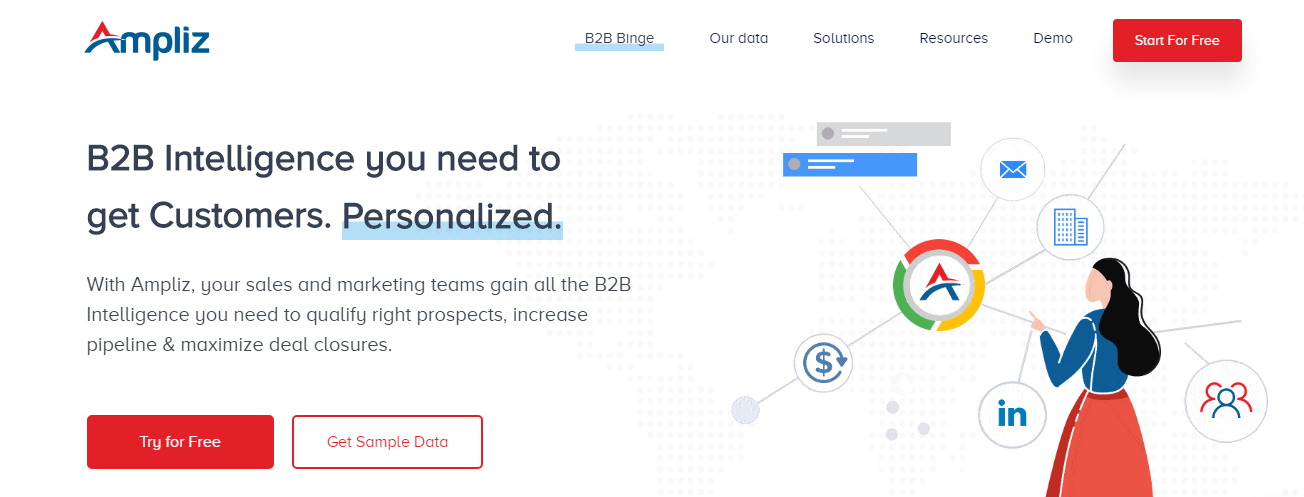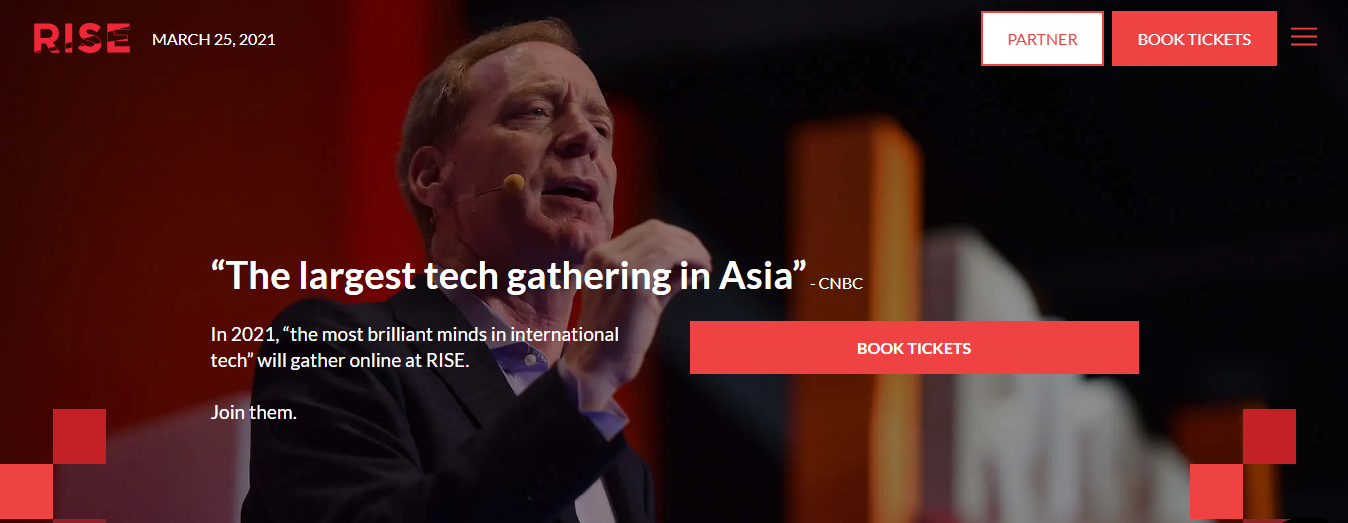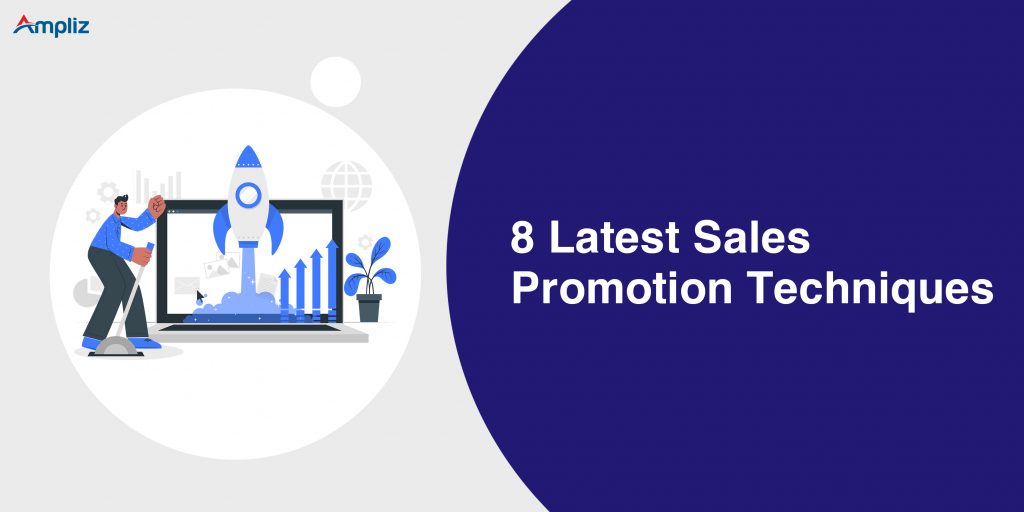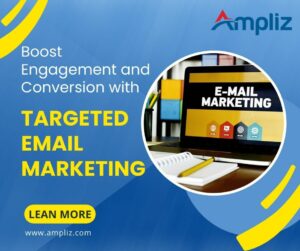Sales promotion for business to business sales is so different from consumer sales, given how different they are.
Business-to-business sales deal with the transaction between two organizations, while consumer sales directly sell to the end-user.
Therefore, sales promotion by consumer goods differs significantly from B2B sales promotion. Business sales are more emotional as well as informed decisions than impulsive buy of consumer sales.
Business owners once in a blue moon buy on impulse, and if you want your B2B marketing efforts to be fruitful, you’ll have to demonstrate the value your product or service provides.
A business buy is very complex and involves many people in various hierarchies of business with personal goals. Customer goods sales are more spontaneous than b2b sales, and customers are lookout for the best deals for a specific quantity.
Technical terms and qualifications, partnership contracts, strategic acquisition plans, and processes used to play a vital role in B2B sales.
There are major types of sales promotion, which we will see later.
B2B Sales promotion techniques employ a combination of these four types of sales promotion to develop more tricks to sell their product.
What are the four types of sales promotion?
The four types of sales promotion are:
- Advertising
- Direct marketing
- Personal Selling
- Public Relations
- Advertising: Advertising means publicizing a product, service, or company with television, radio, or social media. It helps in spreading awareness about business-to-business products or services. Advertising is connected through several mass media, including traditional media like newspapers, magazines, television, radio, outdoor advertising or unsolicited mail, and new media like search results, blog posts, social media posts, sites, or short messaging services.
- Direct marketing: Direct marketing may be a sort of advertising where organizations communicate to customers through a spread of media, including mobile phone text, instant messaging services, email messages, sites, online advertisements, database marketing, product fliers, brochure distribution, promotional erudition, and targeted TV spots, newspaper, and magazine advertisements likewise as any outdoor advertising. Among practitioners, it’s also called a right away response.
- Personal Selling: The sale of a product hinge on the presentation of a product. Personal selling could be a method where companies send their sales representatives to the target consumer to sell the products personally. Here, the feedback is immediate, and that they also build trust with the customer, which is incredibly crucial for taking the business ahead.
- Public Relations: Public relations or PR is the practice of managing the disbursal of info between the individual or an enterprise (such as a business, government agency, or a nonprofit organization) and the public. A successful PR campaign can be beneficial to the brand of the organization.
Sales promotion techniques with examples
Here are some B2B sales promotion techniques with some examples to go alongside.
1. Sample products or Free Trials
Sometimes, if the merchandise an organization launches is new to the market, manufacturers like it better to show free samples to their prospects.
The target is to permit the customer to use the merchandise and make the right procurement choices.
The salesperson calls the client with a sample unit of the latest work. If given the green light, they assist their prospect install and use the merchandise.
Samples are of great significance in B2B markets. B2B products are highly money-intensive.
The customer’s selection could make or break the deal, and therefore the results will have long-term implications.

2. Social media promotions
Social media is not only for connecting to consumers. It is also an excellent resource for reaching the target businesses. One way to increase the reach and credibility of your business on social media is to buy Instagram followers, which can help to attract potential customers and get the conversation started about your products or services. (If you’re looking to buy Instagram followers Visit Followers Cart UK)”
Websites like LinkedIn and Twitter are great for engaging with other companies and types within the marketplace for your product or service.
Hinge Marketing study states that 60% of buyers look at an unknown brand on social media before purchasing.
It gives B2B companies a fantastic opportunity to prove their value to potential customers through their social media profiles.
The best part is that their profile will tell you immediately if they may be a possible customer.
You’ll be able to use a filter and other digital tools to focus on specific businesses that will need your help.
It’s no replacement for in-person interaction, but it may be an excellent resource to induce the discussion underway.
3. Trade Shows and Exhibitions
Trade shows, also called trade fairs or business expos, are organized by multiple companies or industrial associations.
Companies from a specific industry close to display the services and products they provide.
Trade shows and exhibitions are the simplest places for companies to urge business, sow the seeds of trust, and publicize their technical knowledge.
Companies can measure competitor performance, and investors can hunt for investments in promising companies.

4. Promotional Products
Keychains with the corporate logo, T-shirts with the merchandise name, and pens with the brand’s mascot image are some samples of promotional products. Many brands take an interactive approach by adding a dynamic QR code with custom logos on their products for their target audience to scan and be directed to the desired landing page to provide promotional information and get to leave their contact information.
If a corporation purchases from a supplier, the vendor may give gifts like stationery, clothing, water bottles, and lots of others.
The products will usually have a logo related to the corporate or the brand, and that they serve to bolster and remind the purchaser of the supplier.
It’s a widely practiced technique often utilized in B2B deals.
5. Price Drops
It is a technique mainly used during reverse auctions, where suppliers bid for buyers.
Here your product’s auction price is reduced step by step to compete with the price reductions offered by other competing suppliers.
The lowest bidding supplier wins the sale.
6. Search engine optimization
If you are looking to get new leads, optimizing your website for search engines may be an excellent way to let business owners find you.
One in all the primary things people do after they need almost anything is to look it on Google.
If your business is that the first or second result when a user searches your industry or service, you’ll be able to expect a gentle stream of leads.
Depending on your website or business’s complexity, you’ll like better to hire an SEO specialist or have it away from yourself.
Creating content is one of the only ways to enhance your SEO. Just put yourself in your ideal customer’s mind and take a look at to imagine what they may rummage around to steer them to your business.
If you sell accounting software for little businesses, you’ll write a blog post about the greatest ten accounting mistakes small businesses should avoid.
Anyone trying to find any related phrases likely owns a business and is apprehensive about making mistakes with their taxes.
Once they’re on your webpage, they’re one step closer to buying.
7. Email marketing
Email marketing goes very well, along with social media and SEO.
Those are great tactics for attracting new leads, while email marketing is great for turning those leads into consistent customers.
Business owners are far less likely to buy a product on an impulse than regular consumers.
They are more likely to shop around to find the best deal and email marketing is an excellent strategy for keeping in touch with those customers who view your product but don’t immediately buy.
8. Trade-ins
It is the same as the trade-ins in consumer markets.
Customers are offered a reduction in the worth of a replacement product model in exchange for the older version.
It’s highly effective in B2B markets, as companies can make significant savings offloading old or damaged parts in exchange for brand new and state-of-the-art produces.




